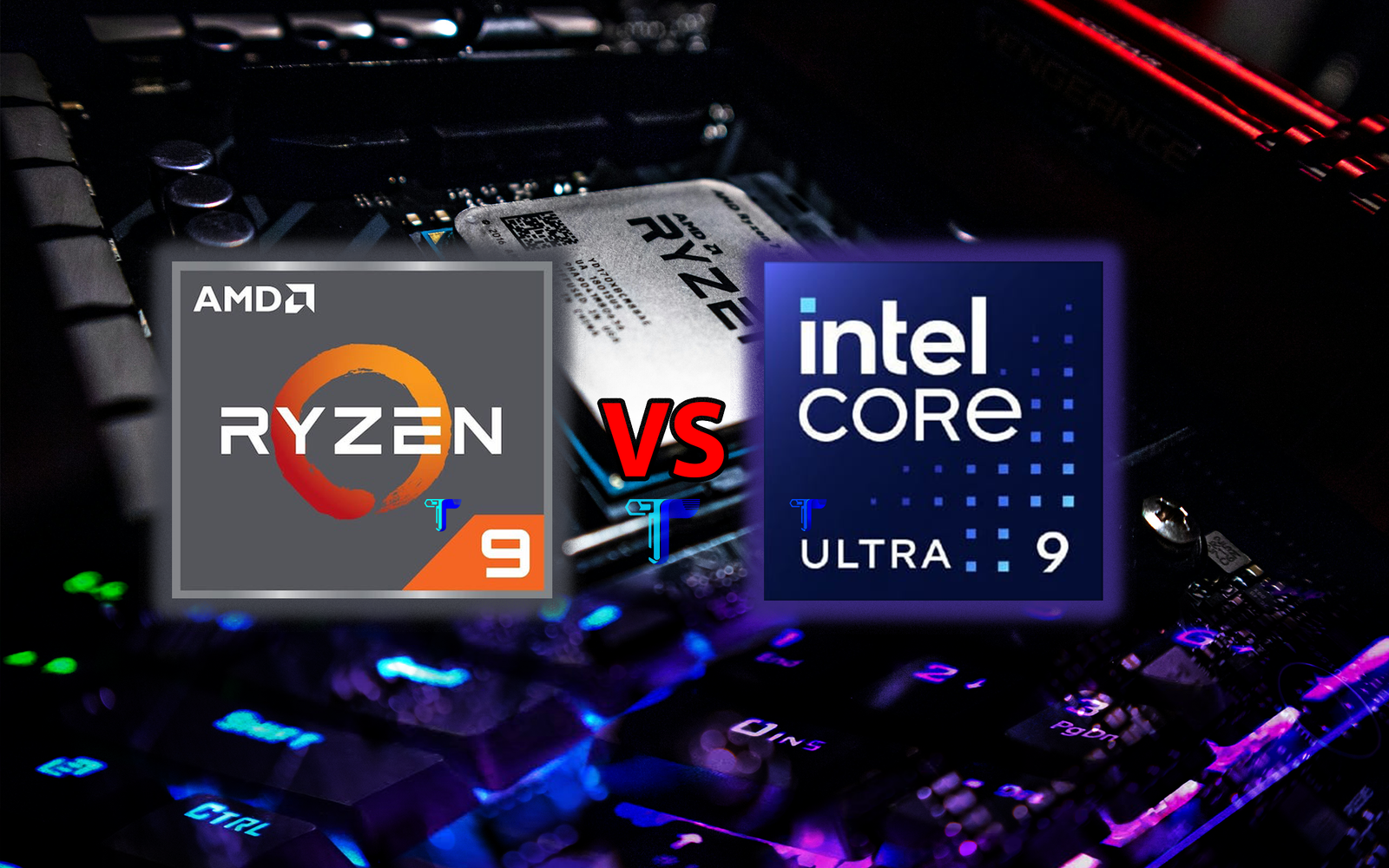Selecting the best laptop CPU can significantly impact your overall computing experience, especially when balancing performance, battery life, and thermal management. In recent tests comparing the AMD Ryzen AI 9 HX 370 with the Intel Core Ultra 9 185H, several critical performance metrics were evaluated, including core architecture, gaming capabilities, application performance, and power efficiency. This article provides an in-depth analysis to help you make an informed decision.
Core and Thread Count
When considering laptop CPUs, the architecture’s design is paramount. The Intel Core Ultra 9 185H comes equipped with a total of 14 cores, split between 6 performance cores and 8 efficiency cores. However, only the performance cores support hyperthreading, resulting in a total of 20 threads. In contrast, the AMD Ryzen AI 9 HX 370 offers a total of 16 cores, all of which are capable of hyperthreading, leading to 32 threads in total. This difference in core configuration implies that while Intel focuses on efficient multitasking through its performance cores, AMD’s approach provides a more balanced performance across various applications, particularly in multi-threaded workloads.
Performance Metrics
Both CPUs feature impressive specifications, boasting a maximum single-core boost frequency of 5.1 GHz and 24MB of L3 cache, enhancing their ability to handle intensive tasks efficiently. They also support LPDDR5X memory, which is essential for high-bandwidth applications. However, AMD’s Zen 5 architecture allows for slightly faster RAM speeds, which could translate to improved performance in memory-intensive scenarios.
Battery Life
Battery life is a critical consideration for mobile users. AMD processors have long been recognized for their efficiency, and this test further validates that reputation. During a YouTube video playback test, the AMD-powered laptop lasted approximately 12 hours, while the Intel laptop managed just under 9 hours. This substantial difference highlights a remarkable 35% longer battery life for the AMD model. When both laptops were tested under battery power, the Ryzen processor maintained a strong performance lead in multi-core applications, indicating that it can perform efficiently even when not plugged in.
Power Efficiency
In terms of power consumption, AMD demonstrated superior efficiency at all tested power levels. For example, during tests at various power limits, the Ryzen CPU consistently outperformed the Intel processor in Cinebench multi-core tests. At just 15 watts, AMD achieved a performance score that surpassed Intel’s by an impressive 69%. Even as power levels increased to 80 watts, AMD maintained an 11% performance lead, showcasing its effectiveness in balancing power and performance.
Thermal Performance
Thermal performance can influence user experience significantly. Interestingly, despite AMD’s lower power consumption, its laptop ran hotter in comparative tests. This observation, however, does not yield a straightforward conclusion. Both processors have sensors positioned differently within the chip, making it challenging to compare thermal readings accurately. Nonetheless, in real-world usage, users reported that the Intel laptop felt noticeably hotter to the touch in critical areas, which may impact long-term comfort and reliability.
Application Performance
In a variety of application tests, AMD consistently outperformed Intel, particularly in rendering tasks. For instance, in the Blender Classroom test, the AMD processor completed the task 39% faster at 35 watts and 23% faster at 80 watts compared to Intel. This trend continued across other rendering applications like V-Ray and Corona, where AMD maintained a performance advantage.
However, Intel’s CPU excelled in specific applications, such as MATLAB, which could make it a more appealing choice for professionals reliant on this software. In video editing tasks, both CPUs were tested with Handbrake and Adobe Premiere, where AMD proved to be faster by margins of up to 25% and 5%, respectively. These findings suggest that for content creators and professionals, AMD might be the better option overall.
Gaming Performance
Gaming performance was tested across a wide range of titles at both 1080p and 1440p resolutions. While results varied by game, the overall average performance at 1080p showed minimal differences, with AMD being only 0.35% faster. However, at 1440p, AMD took the lead in several popular titles, including Baldur’s Gate 3 and Red Dead Redemption 2, where it outperformed Intel by a notable margin. This edge could make a significant difference for gamers looking for the best experience in graphically demanding titles.
Conclusion
The choice between the AMD Ryzen AI 9 HX 370 and Intel Core Ultra 9 185H ultimately depends on your specific computing needs. If your priorities include battery life, power efficiency, and exceptional performance in multi-threaded applications, the AMD processor emerges as the superior option. Conversely, for users focused on single-core performance or specialized software such as MATLAB, Intel may still offer advantages.
Both CPUs deliver excellent performance, and your decision should align with your individual requirements and intended use cases. As laptop technology continues to evolve, it’s essential to stay informed about the latest advancements to ensure you select the best CPU for your needs. Whether you’re a gamer, content creator, or professional user, both AMD and Intel have compelling offerings to meet your demands.




